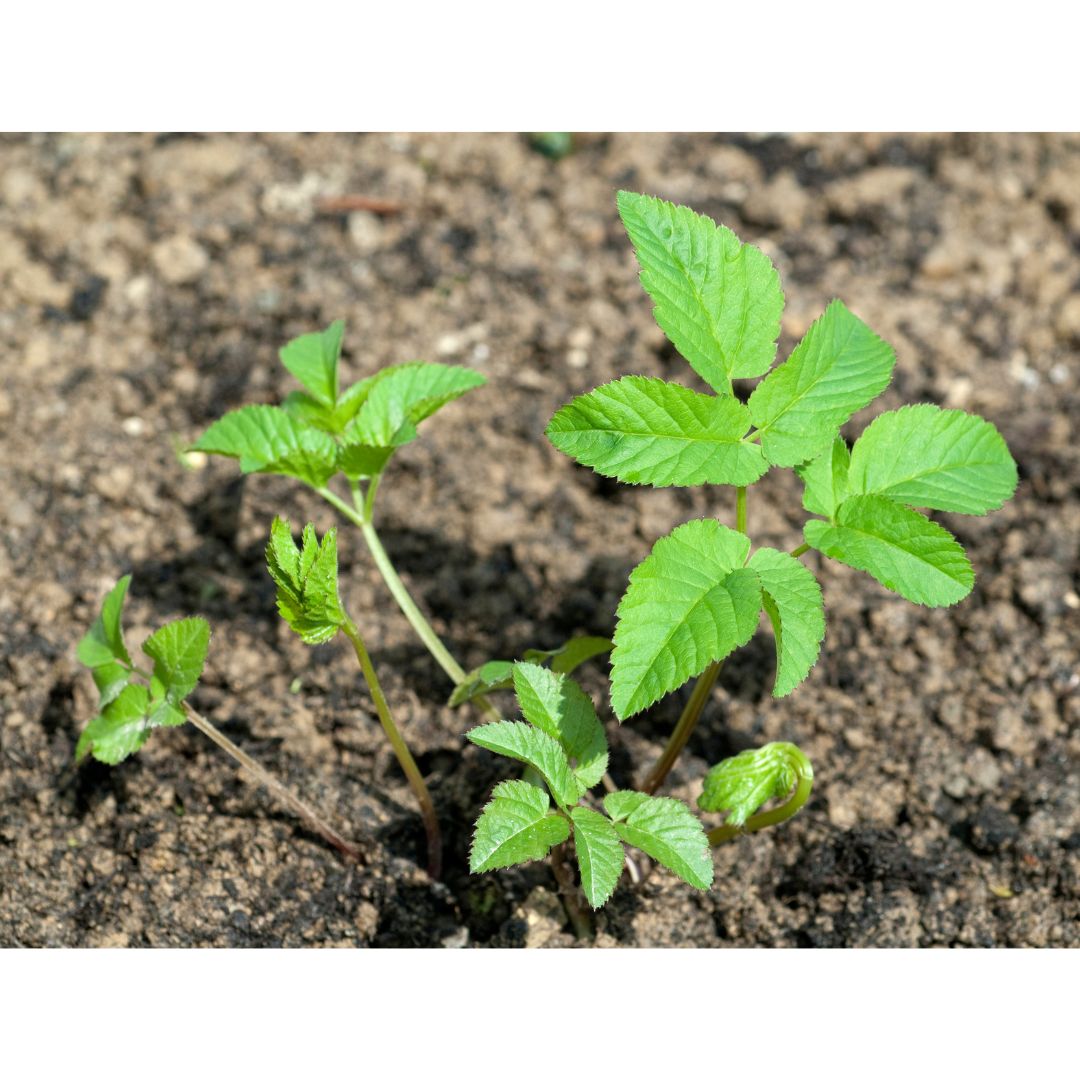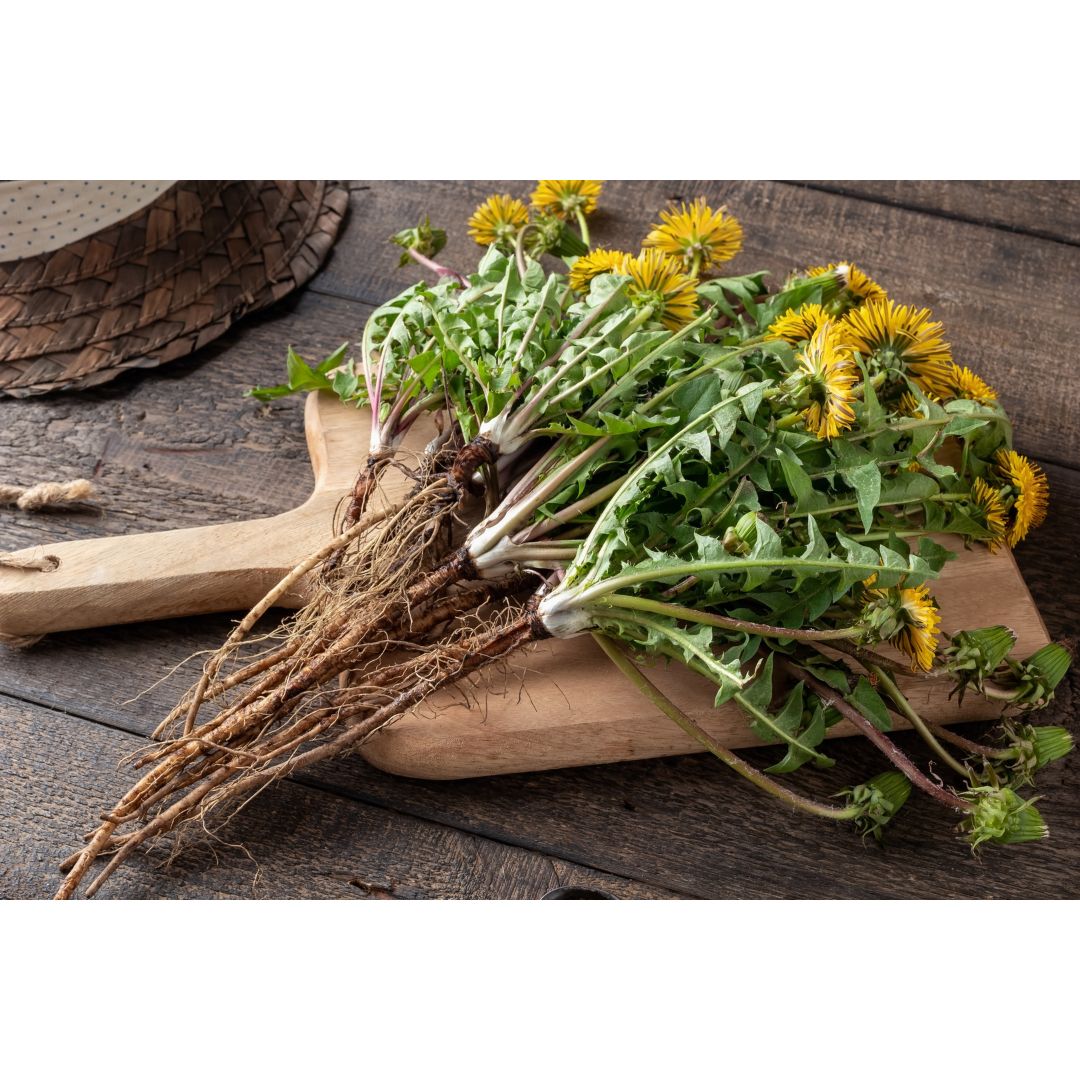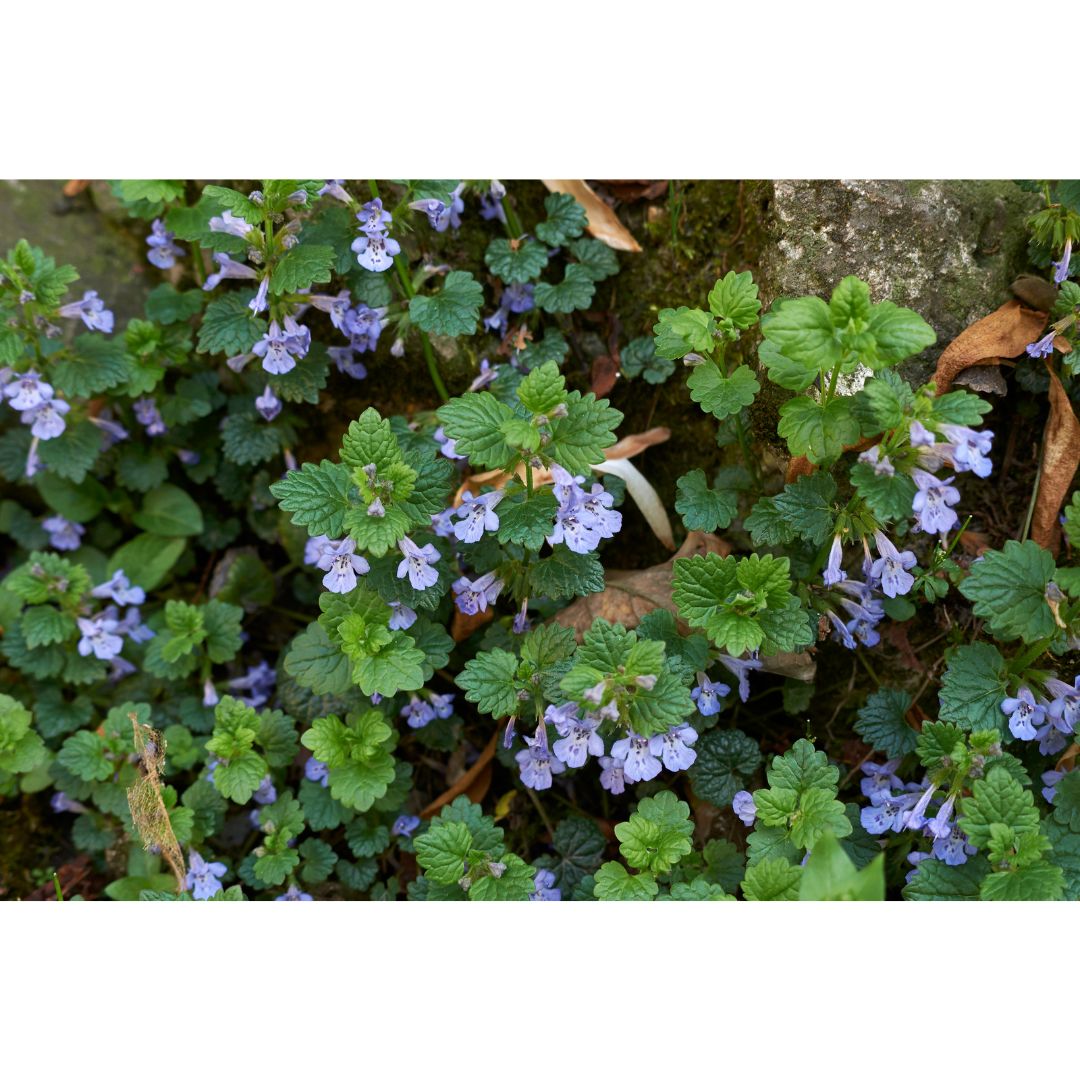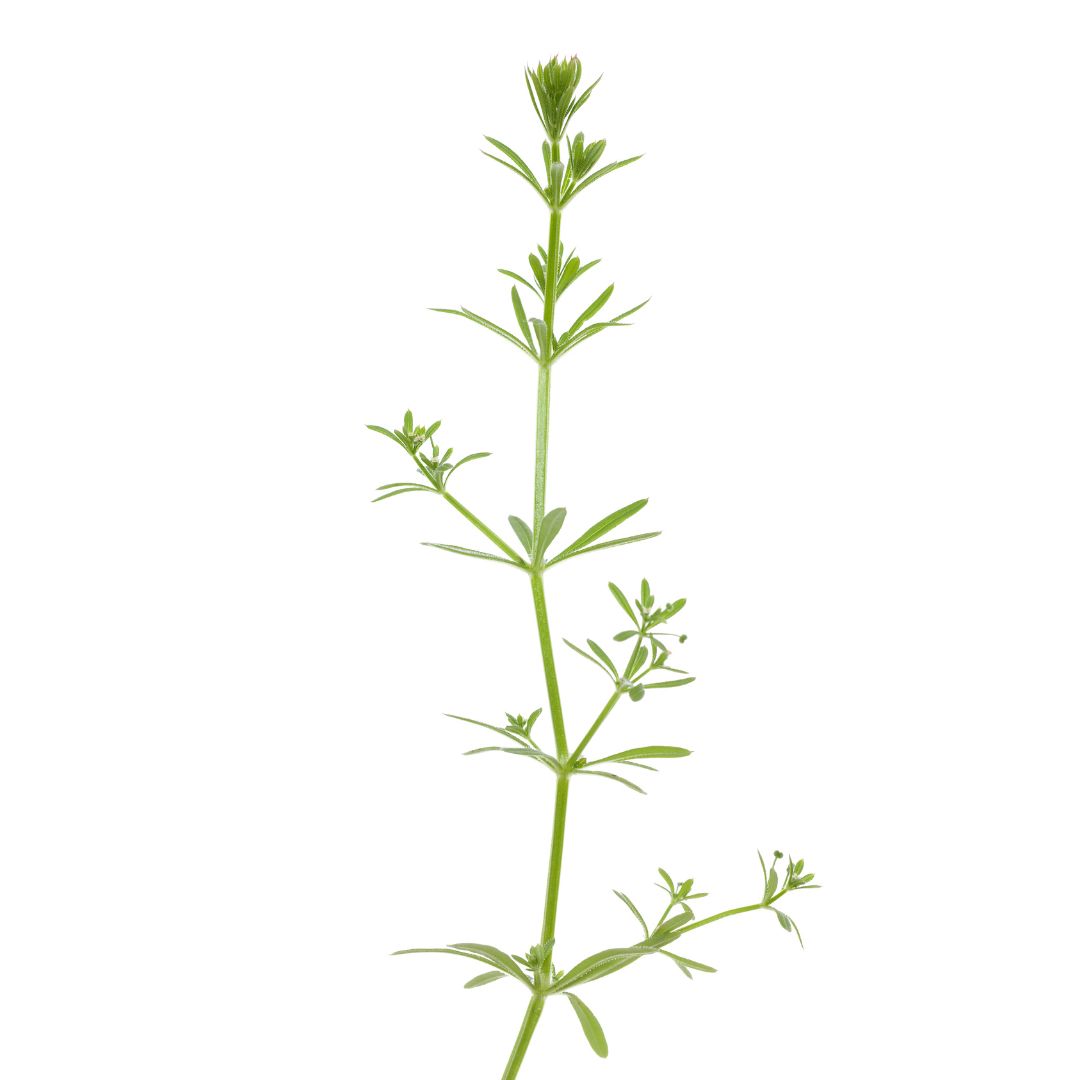Useful wild herbs from the garden

It is sprouting and flourishing with such intensity and speed that it almost takes our breath away. The cherry tree is in full bloom a month early and the apple trees have already opened their blossoms. The lilac, which used to blossom just before Mother's Day, has already opened and we can't stop marveling at how quickly the climate has changed here. The wild herbs have also turned on the turbo this year. Some would call them weeds, but we try to see them as important sources of vitamins and valuable food.
However, when we observe how rapidly ground elder has spread on our herb hill, it's not easy for us either. Our meadow is full of ground elder, which has also formed large carpets in many a bed. The dandelion had a firm grip on parts of the meadow, but was pushed back a little and replaced by evening primrose. The garlic rocket has a free pass because it is not so aggressive. In the meantime, the mass appearance of hops, which is growing at monkey speed on a house wall, unfortunately also in the dry stone wall bed in front of it and now in many other places in the garden, seems somewhat threatening and is really difficult to control due to its many deep roots and runners.
Chickweed, on the other hand, has a bit of a disadvantage. It tastes crunchy and slightly nutty, but likes to grow where the dogs do their business .... .
The stinging nettle is also already in full growth and you can see from its perforated leaves that it is already serving as food for many a caterpillar.
Burdock, which becomes sticky when touched, grows between the goutweed. This can also be used by us instead of weeding.
How can I use the individual wild herbs?
There are different uses for each herb, we will give you some ideas, you can find comprehensive information on each plant en masse on the net.

Nettle
This plant is incredibly versatile. The young leaves taste wonderful as spinach or soup. They can also be consumed fresh or dried as a tea. The seeds can be eaten and are a local superfood. The fully-grown plant also serves as the basis for a plant-strengthening brew that can be used in the garden. However, it is very smelly, so it must be used at a certain distance from sensitive noses (and neighbors).
 Goutweed
Goutweed
The leaves as well as the flowers and fruits with the seeds can be eaten without hesitation. The leaves are mostly used to make smoothies, pestos or as a substitute for spinach. It is also a medicinal plant for gout, rheumatism and arthritis.
Caution: The roots contain a poisonous substance and should therefore not be used.
 Common dandelion
Common dandelion
This non-toxic plant serves as bee food in spring. The young leaf shoots are a tasty salad, especially in combination with potatoes. It contains considerably more minerals and vitamins than conventional lettuce. The flower can also be eaten. The dried leaves are used as a diuretic tea.
The dandelion root, which grows up to two meters deep, has a special effect. It strengthens the kidneys, liver, pancreas, spleen, stomach and intestines and detoxifies. The root also contains many important nutrients and vitamins.
The dandelion buds can be pickled and taste similar to capers.
 Groundsel
Groundsel
Growing everywhere in our meadows, ground ivy is an ancient medicinal plant and was already used by Hildegard von Bingen. The plant is metabolism-stimulating, expectorant and anti-inflammatory and is used both as a tea and as a poultice.
The plant can also be eaten in salads together with other wild herbs or as a spread and in herb butter.
Caution: Ground ivy is poisonous to hoofed animals such as horses as it contains the active ingredient glechomin, which is toxic to these animals.
 Burdock bedstraw
Burdock bedstraw
It likes to stick to the body and textiles when touched, which makes it a bit of a nuisance. This plant can be used in smoothies or soups.
It is also used in naturopathy as a diuretic, for kidney stone disease and ulcers. Burdock bedstraw is said to stimulate lymph flow and have a blood-purifying effect.






